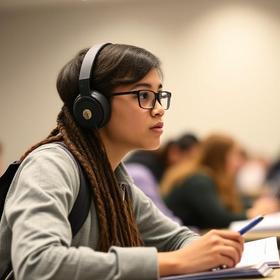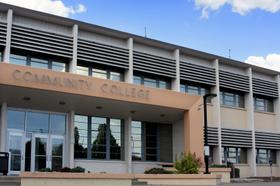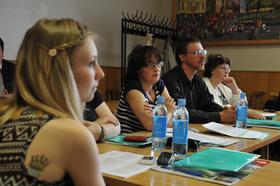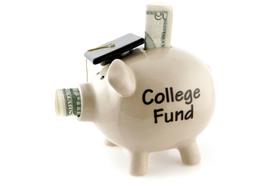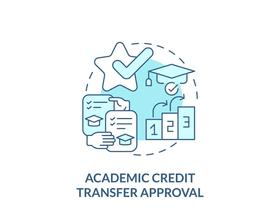In an effort to turn more kids onto STEM learning, the Stevens Institute of Technology has brought a new summer program to community colleges across the country. WaterBotics allows middle and high school students to get their feet wet in the area of underwater technology while attracting demographics that might not otherwise consider an engineering career after graduation. This program has been gaining steam over the past few years, and this summer, several community colleges have hosted WaterBotics programs for students in their areas.
What is STEM?
STEM stands for science, technology, engineering, and mathematics – the key components some believe are key to this country’s future in the global marketplace. The Obama Administration has put out the challenge for schools across the country to bring more students into STEM studies to better prepare the future workforce for the challenges that lie ahead.
Dr. George Korfiatis, Stevens Provost and University Vice President, said in a press release on PR.com, “We are living in an age when knowing how to create new knowledge and what to do with it can create a healthier, safer, and more prosperous planet. Scientists, engineers, and technologists are providing the fuel to power the enterprises of this and future generations.”
This video explains STEM.
What is WaterBotics?
According to information on the Sinclair Community College website, WaterBotics is a program designed to educate students in science concepts








